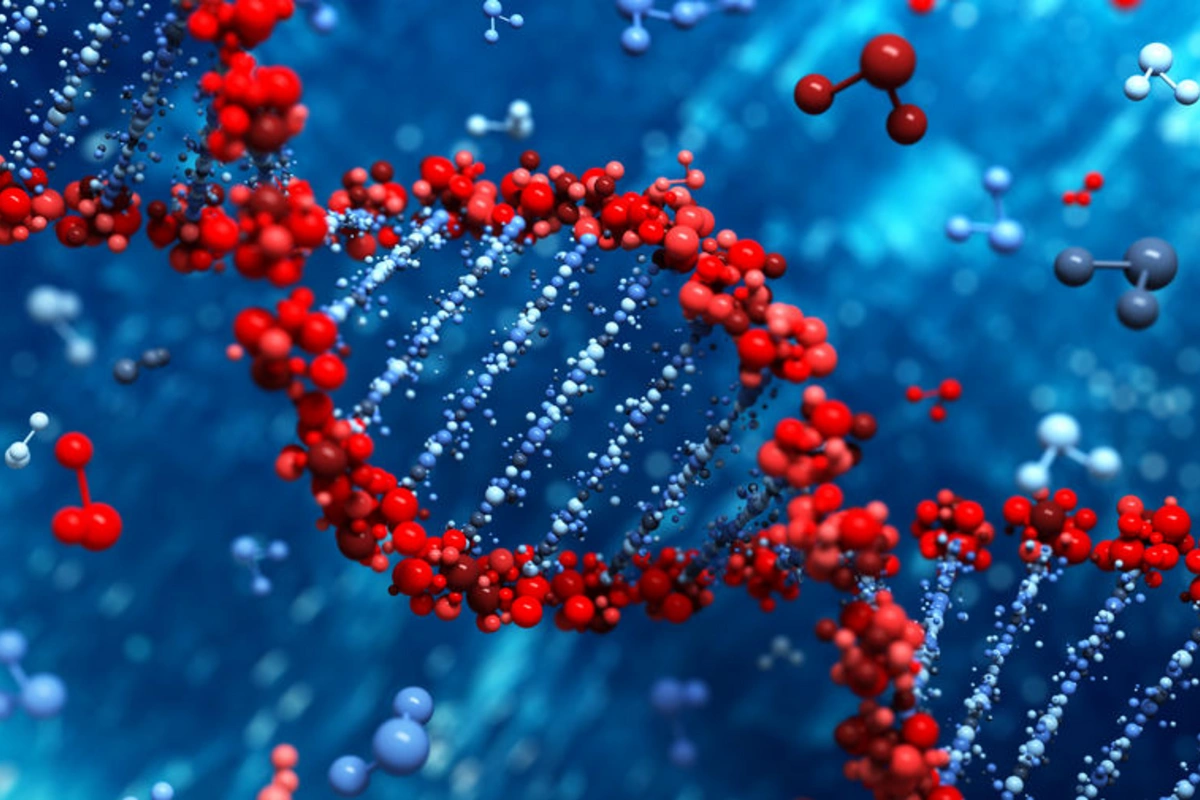Genetic mutation that triggers autism and schizophrenia revealed

Researchers from the University of California, Los Angeles have made a significant breakthrough in understanding the mechanisms of autism and schizophrenia development. Scientists have identified how brain transformations before and after puberty can substantially increase the likelihood of these disorders in people with a rare genetic abnormality. The results of this revolutionary study were presented to the scientific community in the prestigious journal Science Advances.
The specialists focused on 22q11.2 deletion syndrome - a rare genetic condition characterized by the absence of a specific DNA segment on chromosome 22. This genetic anomaly dramatically increases the risk of developing various neuropsychiatric disorders, including autism and schizophrenia.
Using a combined approach with functional MRI in both humans and genetically modified mice, the research group made a surprising discovery. It turned out that in the pre-pubertal period, the brain demonstrates a phenomenon of hyperconnectivity - abnormally high activity of neural networks, especially in areas responsible for social interaction. However, after the onset of puberty, there is a sharp decrease in this connectivity, which directly correlates with the manifestation of autism and schizophrenia symptoms.
In young mice with 22q11.2 deletion syndrome, scientists recorded an unusually high concentration of dendritic spines - microscopic structures that facilitate communication between neurons.
Researchers found that after puberty, the number of these crucial structures rapidly decreases, leading to serious disruptions in neural connections. During experiments, scientists managed to temporarily restore normal brain activity in mice by inhibiting the GSK3-beta protein, which plays a key role in synapse regulation.
This significant discovery opens prospects for developing innovative therapeutic approaches aimed at preventing or alleviating symptoms not only in people with 22q11.2 deletion syndrome but potentially in other neurodevelopmental disorders as well.
Similar News
It's now known what the pop-MMA fighter faces for beating up an Azerbaijani blogger
MMA pop fighter Shovkhal Churchaev could face severe punishment for beating Azerbaijani blogger Subo (Subkhan Mamedov) during a livestream in Dubai. Criminal de...




 Azərbaycanca
Azərbaycanca  По-русски
По-русски  English
English 





